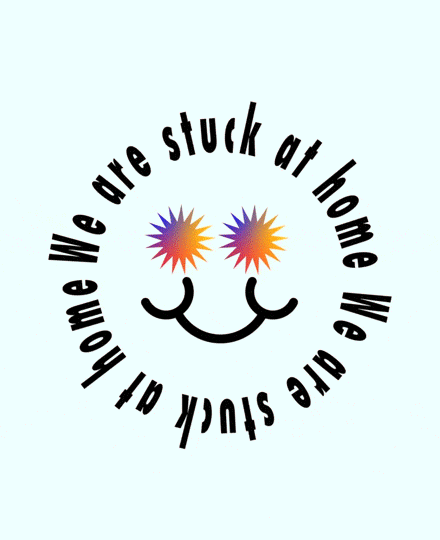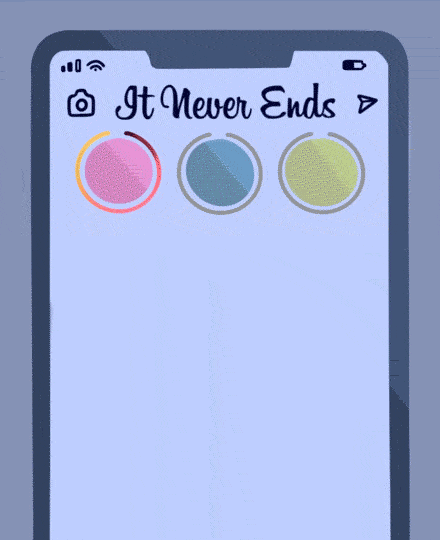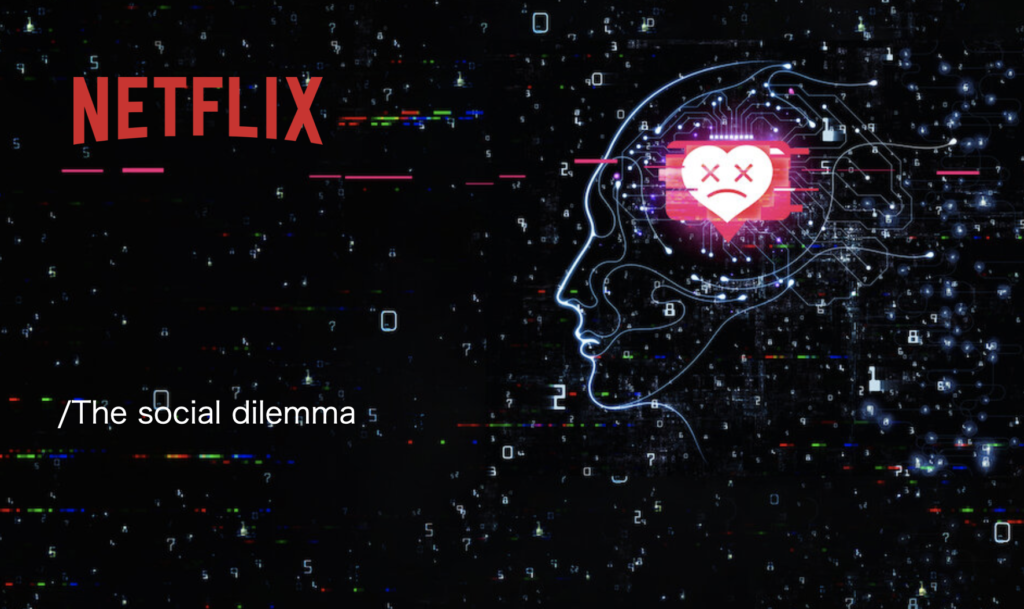Claudio Angrigiani Interviewed by Valerie Wang

Valerie Wang: Does your piece have a title?
Claudio Angrigiani: No, I haven’t thought about a title. I think it’s pretty explicit, just that we’re stuck at home, kind of like a prison. So the virus is the prison.
VW: How did you first come up with the idea?
CA: Honestly, I was lost and I didn’t know what to do so the first thing I thought was how I’m so tired of being at home. I’m here 24 hours a day and I cannot go to work. I’m living with my girlfriend and it’s just the two of us for the whole day, which can get a bit exhausting. Since it’s getting colder, I can’t go anywhere which creates some sort of anxiety.
VW: What did your artistic process look like in terms of developing the stylistic elements of the piece? Did you have any inspirations for the piece?
CA: My initial inspiration was stickers, like designs that you can put on your computer or fridge. The design is kind of inspired by skateboard culture and also Aaron Draplin, a graphic designer who does really cool logos. That’s also why I chose the rounded shape.
In terms of design specifics, I really like gradients, so I included that. I wanted to play with fonts as well- the font I used is futura, which is pretty well-known for posters and graphic expressions.
I also wanted to have movement so I thought maybe the eyes could give some sort of hypnotic impression like the anxiety of you being lost in your thoughts, so that’s why the eyes move the way they do.
The circle is the virus; I tried to make that explicit by making the virus go across the screen just for one moment, kind of like an eclipse (like the sun and moon).
VW: Any specifics on your 3D vs 2D elements?
CA: I played around with integrating different stuff, like making the text turn in different directions, but I thought it was too much making the whole thing move. I thought since I had a 3D design, it was best to keep other things simple and not have too much going on. So the same with the eyes and letters, it was too confusing with so many things going on the screen, keeping it as simple as possible.
VW: What are your thoughts on its effectiveness in terms of being a PSA?
CA: To be honest, I wasn’t really thinking about that, it was mainly just an expression of what I felt in the moment. Perhaps as a PSA, it could be like empathy from the government to show that ‘we’re all tired, we’re all stuck at home, and it is what it is’.
VW: Where do you see your art being shared, like in a digital space versus a gallery?
CA: I shared the gif on Instagram and Twitter. I dont think it’s too important; its just an expression. I wanted it to be something you could share pretty quickly, rather than something you put a lot of effort into to display in an art gallery. I really like those quick things that can be shared pretty fast to social networks. Perhaps it’s just more how you build your own personality through your social networks through little pieces. It’s not like this is the piece of art of your life, it’s just little things that you keep on sharing to build the profile of who you are- that’s how I see it.
VW: How do you think this connects to other pieces you’ve done?
CA: I think I’m starting to build my own style and language, like what Jonathan was talking about. I kind of regret doing small things sometimes. I feel like it can be better for my portfolio to be one big thing, but I enjoy doing really small projects like funny things, and I think it’s useful to do like those little expressions that you keep on building.
It’s just one little piece with a lot of different things. I want to express like it’s not just one medium. The other day, I was trying to code icons, and I wanted to do it from different sources of media and tools. It’s not like I’m a 3D designer; I’m a mess (sometimes it’s counterproductive for the work environment).
VW: What are your thoughts on GIFs as art or people who may not consider it as art?
CA: No, this is definitely art. It’s not something I would buy, and I don’t plan to make money out of this, but it is art. It’s not commercial in the sense that you do this for a living, but I think it’s a different way of showing yourself and expressing a message. I guess it does not really differentiate from a guy that paints- not for a living, but just because he feels like it.
VW: Any last thoughts or comments?
CA: Perhaps I feel like I was pushed to do something like this more than the rest because I come from another country, and I’m here alone. I think the pressure of quarantine and staying at home is higher for me because I’m far from home and I can’t go back. I cannot bring my dog here, for instance, and I can’t do that because it’s so expensive and with travel restrictions… All of those things are related to the fact that I chose this topic.
Valerie Wang Interviewed by Claudio Angrigiani

Claudio Angrigiani: Does this piece have a title?
Valerie Wang: Hm, I don’t have a specific title in mind, but if I were to come up with one, it would probably be something very direct and straightforward- most likely something along the lines of “Stop Scrolling” or “It Never Ends”. It has a simple message, and I think that’s what makes it powerful.
CA: How did you come up with this idea?
VW: I was watching a documentary on Netflix called The Social Dilemma, and it was very eye opening. It inspired me to think about how easy it is to waste so much time on social media. It’s just this endless scrolling on an app, whether it’s Instagram or TikTok or whatever; it’s just never ending. And so I kind of wanted to convey that and have the same striking effect that makes you think about these moments, just like the documentary did for me. Especially on social media, you can numbly watch a lot of stuff and don’t register any of it.
In terms of the actual art piece, I really wanted to mimic social media aesthetics. The colors are kind of pretty and pastel. They go well with each other. They make you want to look at it. You read the actual message, “Stop Scrolling”, and then it goes past and you can’t see anymore. And so it’s kind of like the mirage that social media creates. I was kind of trying to emulate that in that it looks pretty at first glance but if you really look into it, there’s like a deeper, darker message.
Also, I knew this was going to be turned into a GIF. So I kind of backwards engineered it: what would make sense as an endless loop? That’s kind of how I got that idea. If it were to be a singular, still image, I think I probably would have gone a different route, but I think it makes sense the way it is right now.
CA: Do you feel there is hope for social media to be fixed?
VW: If nothing changes, I honestly think it can only get worse from here. The way that people use it, especially nowadays, where the average age of social media users is getting younger and younger.
People are getting smartphones when they’re like nine years old, which has a lot of consequences on so many aspects of life. It’s also impossible to shy away from social media, no matter what business or field you’re in, you have to use social media to your advantage. If you choose to not do it, you’re going to be at a disadvantage. And there’s a price you have to pay for that. I think not many people are willing to pay that price, especially in quarantine. I’ve seen a lot of my friends who never used social media all through high school, but were forced to get it because now social media is the only way they could meet new friends in college. And it was like the only way we could form study groups or things like that or just even keep entertainment because there are such limited activities available. So I think we’re only kind of transitioning into something worse and becoming more addicted to it and more reliant on it.
I think it would take a lot of policy change and the top heads of all the media companies to make an improvement. We need to really rethink this problem in order for us to have hope that it’s going to get better. It’s not a simple fix at all.
CA: What will be your message apart from you staying away from your screen to the young people, what should they do?
VW: I think it’s hard, but it would just be to be mindful of what you’re seeing. Especially younger kids, they’re so impressionable and they see all of these fitness models on their phones or people who are traveling every day and start to think that’s how I should look or that’s how I should live. That’s so unrealistic. Once we get older, we start to understand that that’s not normal and that’s not how anybody should aspire to be, but for younger kids it’s a really dangerous mindset.
I also think it’s hard to tell kids not to do that, not to use social networks. I think the burden is on parents. Even in the documentary, The Social Dilemma, the top executives of these social media apps say they don’t let their kids use them. I think there’s a reason for that and the parents have to really actively try to limit their kids’ use and exposure to these kinds of applications.

CA: Did your parents teach you how to use social media?
Honestly, not really. I got on social media when I was in middle school, but back then all this was pretty early. The content on YouTube was people with their webcams just running around outside doing stupid stuff. There even wasn’t a way to make money even on Instagram. It was only just for me and my friends to post the food we were eating or whenever we hung out. It was never about following. I didn’t follow any celebrities. That didn’t really happen until late high school.
But I think it’s kind of different nowadays in that the kids are getting social media and immediately copying celebrities and trying so hard to gain followers, even though they’re just kids and they don’t do anything. But the numbers matter so much now. Whereas like for the first few years I was on social media, numbers didn’t matter at all. It was just my friends and I following eachother. And that was it.
CA: And do you think there is a social network that is doing well in this aspect?
VW: That’s a good question. I personally really like YouTube because I think it’s not based on endless videos that make you frantically scroll or keep using the app. You just watch one video and, unless you choose to click on another one, that’s it. You are conscious of the stuff you click and you have the control. In part, I think it’s also because the algorithms may not be as good as the ones on other social networks since the stuff that they recommend is usually not something I would want to watch. And this actually helps me because I can avoid staying on there for hours and hours, whereas things like TikTok and Instagram, you just keep scrolling and it’s literally endless. You don’t even have to think: it’s just there, bombarding your brain, and their algorithm is so good at recommending you stuff that they think you’ll like. It’s so addicting that it’s easy to spend like half a day there, which makes me sad.